In the second part of this series of posts showcasing Worth designs from the photo archive preserved at the V&A, I’m sharing the one that stopped me in my tracks and made me say, WTF?
Zigzags? In 1902? Flouncy, frou-frou femininity with garlands of roses and frothy frills, yes, but… zigzags?
I wonder whether this gown was considered unusual or avant garde at the time? Was it intended for Worth’s more adventurous clients, or does it simply not fit into our modern, shorthand, tl;dr version of Edwardian style?
According to the notes beneath the photo, the gown is made from black and white silk mousseline. (It’s lovely stuff, a tad more substantial than silk chiffon, but not as stiff as silk organza. It’s not the first time I’ve seen it used for an evening gown of this era.) It looks as though the main white mousseline fabric is already spangled in some way when it comes off the roll, since the pattern is constant and regular across the gown. Successive layers of the sheer, plain black mousseline have been appliqued onto the white gown, and then the edges of each layer have been outlined in sequins. (Good idea on the sequins there – the silk mousseline would have frayed like a %$^*&!£.)
On the bodice there are three such applied layers, and on the skirt an extra layer of the white, or another pale colour, has been applied first.
And the sleeves?
Two pieces of “spangled” white mousseline are sewn into the armhole and held together with an applied star near the shoulder, forming a floaty sleeve. More stars adorn the lower corners. The sleeve edges are outlined in sequins, and at the shoulder another star and three rows of sequins go over the shoulder.
Here you can see the upper layer of sheer mousseline, and if the dress is anything like the Oak Leak dress, I’m guessing that the opaque supporting underskirt is white silk taffeta, but I could be wrong.
On the photo of the back you can see how that kicky frill on both the outer layer and the outside of the underskirt, visible in the photo above, gives it just a little movement and interest at the hem.
Looking at the back more closely, you can see that it’s another two piece dress (the belt has ridden up, showing a white waistband.) I’m guessing the belt is the black mousseline. That’s very familiar for these dresses – remember that Worth was in such high demand that hundreds or even thousands of these gowns were having to be churned out in very quick succession, and Worth had sensibly taken to making evening dresses by riffing off a basic pattern and varying the embellishment. Women came to the Worth atelier first thing in the morning expecting a top quality couture gown by that evening, so something had to give.
I particularly love the peephole shoulders. Those, too, gives this gown a very modern look.
The book I drew from above really brings home the enormous energy that the House of Worth had to find. Charles Frederick and, by this time, his son Jean-Philippe, had to find ways of meeting enormous demand without customers noticing any compromise in quality. High society balls could attract thousands of guests, and guess who was charged with much of the dressmaking! (You think *you* hate deadlines?? lol)
But not only that: they both had to continually come up with scores and scores of new and unique design ideas. The wealthiest society women (and there were a lot of them) could not be seen twice in the same dress, none could be seen in a dress that anyone else had worn, and with lives that were a continual social whirl of visits, dinners, balls, masquerades, theatre and opera on a scale inconceivable to us today, father and son were both operating at the absolute limit of their creativity. I can only tip my hat and admire the House all the more.
Details from De Marly, Diana, “Worth: Father of Haute Couture” (1980)



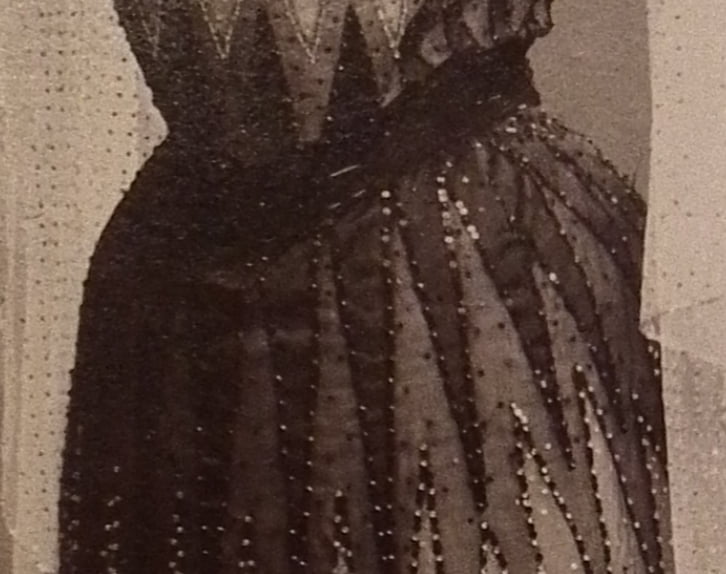
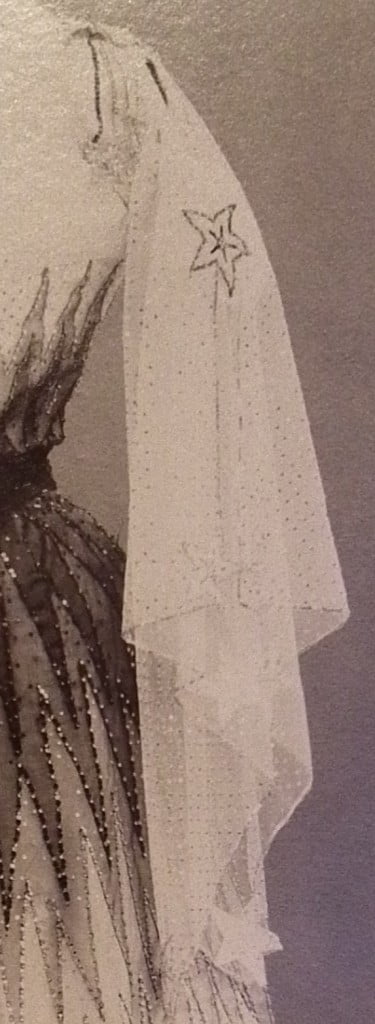
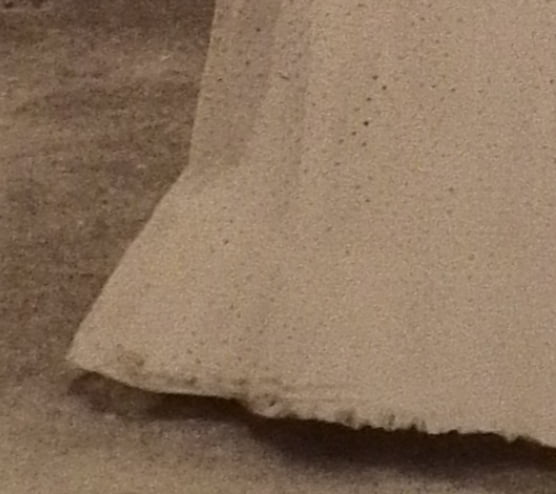

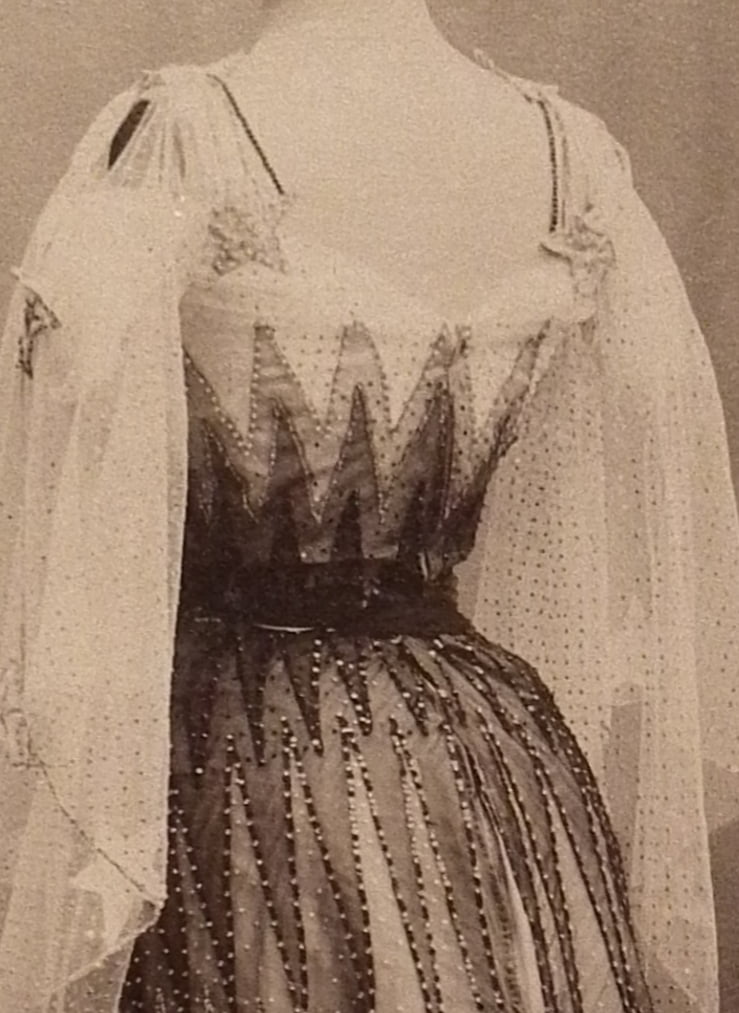
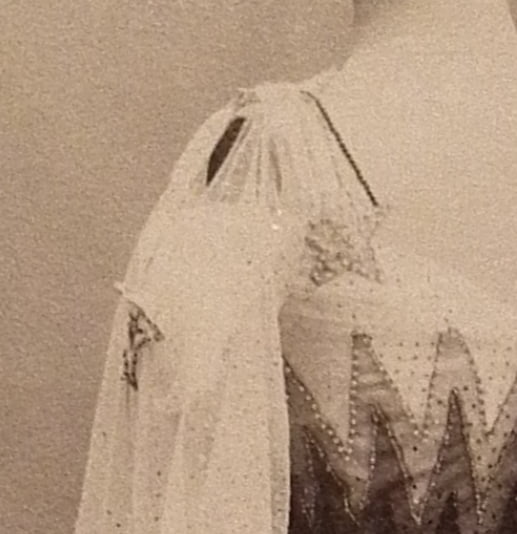
Could it have been designed specifically for a fancy dress ball, I’m not too sure about those stars but I love the zigzags.
I know, it’s so modern isn’t it!
Agh, this and the other dress you posted are so beautiful I wanna cry. Are they featured in “The House of Worth: Portrait of an Archive”?
No, they aren’t in the book, Andrew. I photographed these when visiting the archives myself.
In that case, thank you for sharing them!
I think a masquerade ball would have been the perfect venue for such a magnificent dress. Maybe worn by someone wishing to portray a sorceress or just a follower of mysticism?